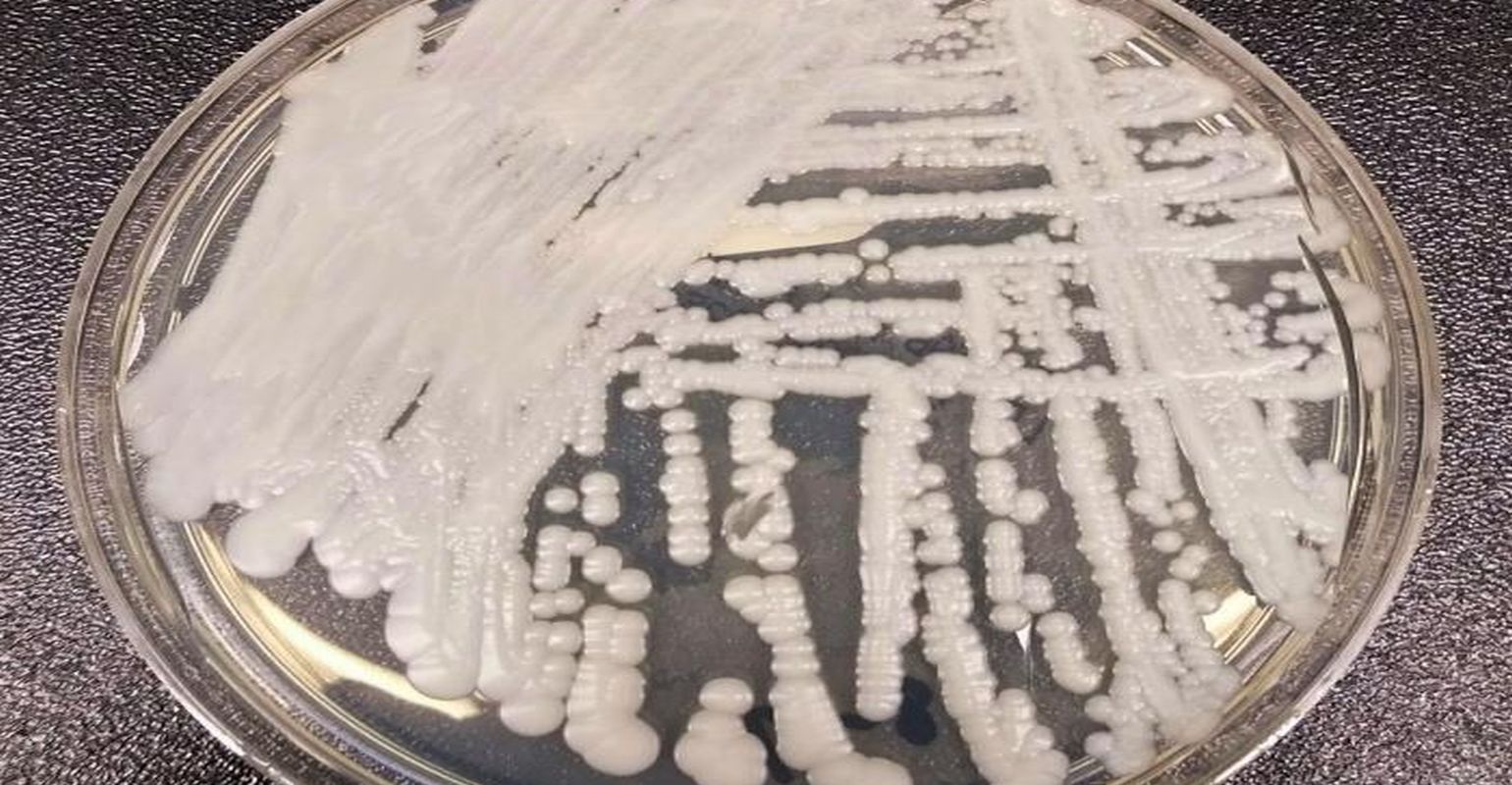Understanding C. auris Transmission Within the Healthcare Environment

Researchers have now shown that patients who are heavily colonized with Candida auris on their skin can shed the fungus and contaminate their surroundings. This finding provides an explanation for the extensive contamination that often occurs in healthcare facilities with C. auris outbreaks. These results can help inform infection control efforts. The research is presented at ASM Microbe, the annual meeting of the American Society for Microbiology.
C. auris is an emerging fungal pathogen that can cause large outbreaks in healthcare facilities. Understanding how C. auris spreads in healthcare facilities is essential for infection control. Because C. auris can be present on the skin without causing symptoms, it has been hypothesized that the spread of C. auris occurs as patients naturally shed their skin cells. This process could lead to substantial contamination of the surrounding environment and therefore increase chances of transmitting C. auris.
To test this hypothesis, the researchers developed methods to count C. auris in samples collected from patients' skin and their rooms. We found that patients can have very high concentrations of C. auris on their skin, and higher levels of C. auris on their skin were correlated with higher levels of C. auris on the patient's bed.
"This finding supported our hypothesis that patients are actively shedding C. auris cells into their environment," said Joe Sexton, ORISE post-doctoral fellow in the Mycotic Diseases Branch at the Centers for Disease Control and Prevention, who designed and led the study. The researchers were able to culture live C. auris from the beds of all patients who tested positive, and even beds that were previously, but no longer, occupied by patients with C. auris.
"These results should be considered in developing more effective strategies for infection control efforts during a C. auris outbreak," said Sexton.
Patient and environmental samples were processed in the Mycotic Diseases Branch laboratory in Atlanta by Joe Sexton, Meghan Bentz, and Rory Welsh and Anastasia Litvintseva, who served as a principal investigator (PI). These samples were collected by the City of Chicago's Public Health Department led by Massimo Pacilli.
Additional groups within CDC also supported this work including the Department of Scientific Resources and the Division of Healthcare Quality and Promotion, and the Oak Ridge Institute for Science and Education. This work will be presented at American Society of Microbiology (ASM) Microbe 2019 conference in San Francisco, California (June 20-24, 2019).
Source: American Society for Microbiology